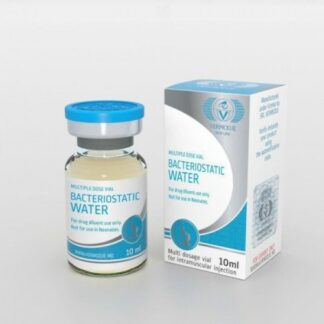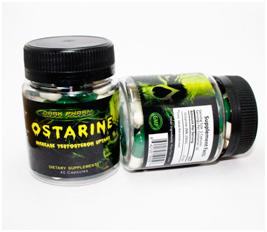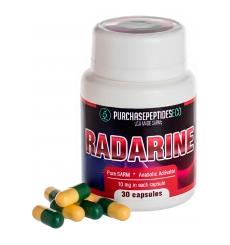SARMs
Showing all 6 results
-
 BACTERIOSTATIC WATER (Benzyl Alcohol)
BACTERIOSTATIC WATER (Benzyl Alcohol)SC VERMODJE SRL
Price $10.00 Buy -
 GW 501516 (Cardarine, Endurobol)
GW 501516 (Cardarine, Endurobol)Generic (china)
Price $80.00 Buy -
 LGD-4033 (VK5211, Ligandrol)
LGD-4033 (VK5211, Ligandrol)Generic (China)
Price $170.00 Buy -
 MK 677 (Ibutamoren)
MK 677 (Ibutamoren)Generic (China)
Price $222.00 Buy -
 Ostarine (Enobosarm, GTx-024, MK-2866)
Ostarine (Enobosarm, GTx-024, MK-2866)Generic (China)
Price $170.00 Buy -
 RAD 140 (Radarine, Testolone)
RAD 140 (Radarine, Testolone)Generic (China)
Price $170.00 Buy
Showing all 6 results
Selective Androgen Receptor Modulators (SARMs) are a class of therapeutic compounds that have similar properties to anabolic agents, but with reduced androgenic properties. This property allows SARMs the advantage of androgen-receptor specificity, tissue selectivity, and the lack of steroid-related side effects. Some potential side effects of anabolic steroid use include acne, liver damage, breast tissue development, and shrinking of the testicle in males, and deepening of the voice, growth of hair on the face, stomach, upper back, and abnormal menstrual cycles in females. SARMs have the ability to differentiate between anabolic and androgenic activities, and this provides the potential for therapeutic opportunities in a variety of medical conditions including muscle-wasting diseases, osteoporosis, cancer, and hypogonadism.
Androgenic steroids are known to increase muscle development but are accompanied by a host of undesirable effects.
For men, this often means things like acne, breast development (gynecomastia), enlarged prostate, and shrinking of the testicles.
Women may experience increased body hair growth, acne, and increased clitoral size.
More serious health concerns include liver damage and numerous cardiovascular complications, including increased risk of heart attack and blood clots.
SARMs potentially represent a step toward a safer class of androgenic drugs. They have “revived an almost dormant search for improved androgens,” wrote researchers in the Journal of Medicinal Chemistry.
Dalton notes that so far the drugs are “generally well-tolerated” in clinical trials, but none of them have ever reached final approval by a regulatory body.
